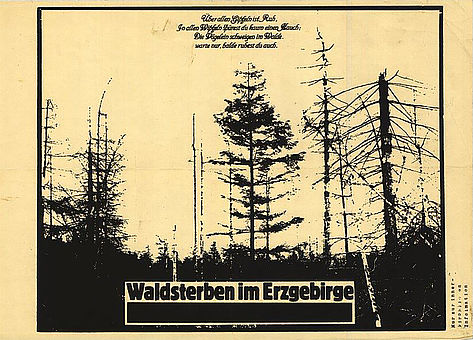
Quelle: AP Photo
- Anasayfa >
- Yola çikiş >
- The Peace and Environmental Movement >
- The Environmental Movement
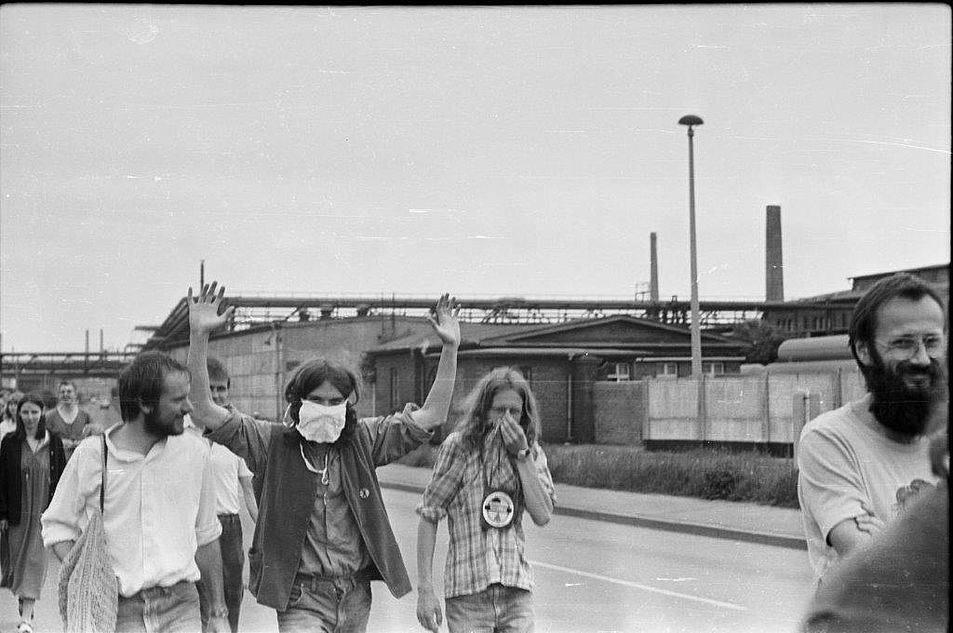
Quelle: Robert-Havemann-Gesellschaft/Johannes Beleites
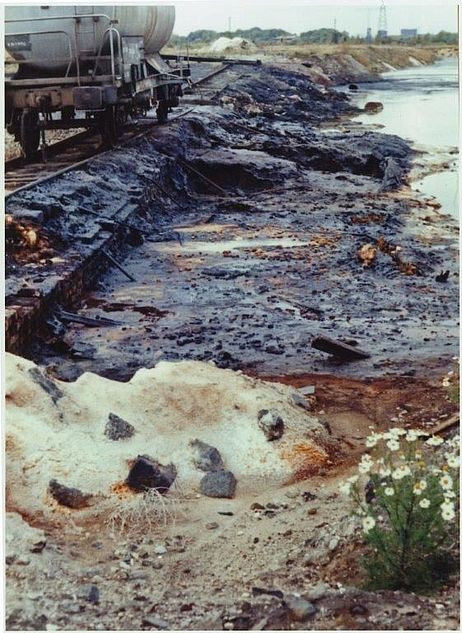
Quelle: Bundesbeauftragte für die Unterlagen des Staatssicherheitsdienstes der ehemaligen DDR
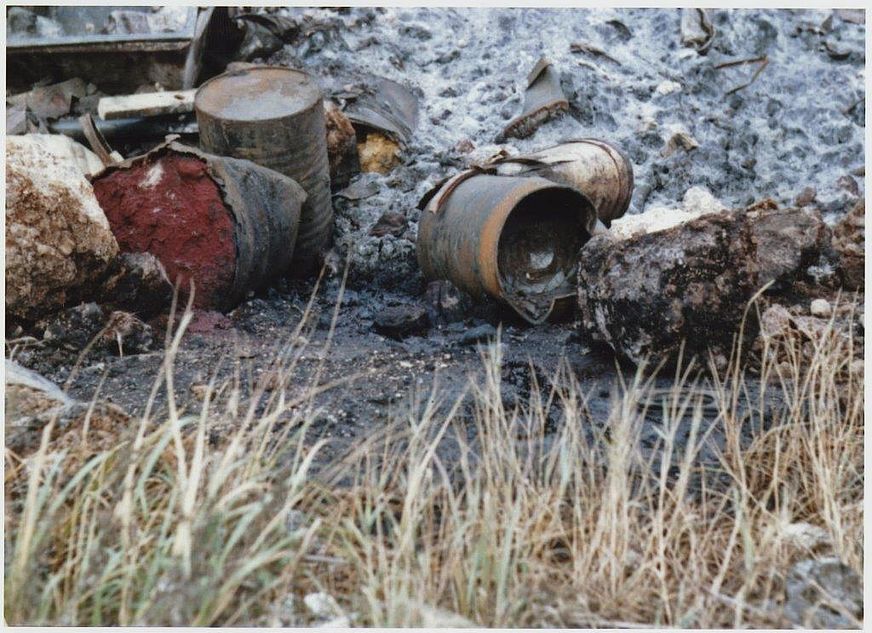
Quelle: Bundesbeauftragte für die Unterlagen des Staatssicherheitsdienstes der ehemaligen DDR
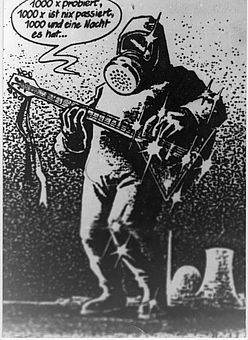
Quelle: Robert-Havemann-Gesellschaft/Plakatsammlung
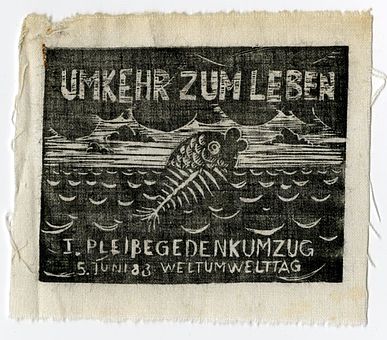
Quelle: Robert-Havemann-Gesellschaft


